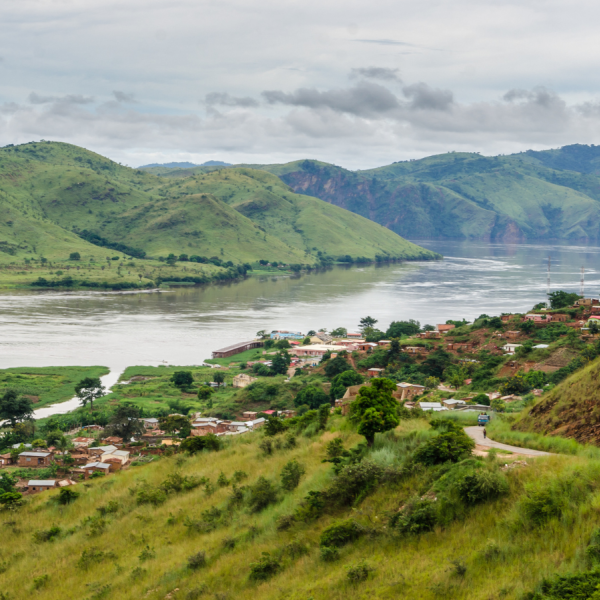Harnessing AI to Reduce Food Insecurity in Africa
Harnessing AI to Reduce Food Insecurity in Africa
Ioanna Maria Spyrou, a Ph.D. candidate in the School of Economics, uses artificial intelligence (AI) and machine learning to predict food insecurity in Africa.
She hopes the tool she’s developing can help policymakers and community organizations implement more timely and targeted interventions to alleviate hunger on the continent.
Why now?
- Nearly 150 million people in Sub-Saharan Africa lack access to the amount and quality of food they need.
- This is primarily due to armed conflicts and more frequent droughts and natural disasters from climate change.
- Understanding which factors impact food shortages the most can help communities plan ahead, adapt to new weather patterns, and be more resilient.
- Spyrou and her advisor, Professor Shatakshee Dhongde in the School of Economics, are working with data from Sudan, South Sudan, the Democratic Republic of the Congo, and Somalia and hope to eventually expand to include more countries.
What’s new?
Other algorithms incorporate machine learning and AI to predict when and where food shortages will occur.
However, Dhongde and Spyrou’s approach is unique because it uses recent data from 2020 to 2023 and includes additional predictors, such as monthly data on conflict, which can be a powerful driver of food insecurity in Africa. (The Africa Center for Strategic Studies says 82% of people experiencing hunger on the continent live in countries in conflict.). Changing weather patterns also means relying on historical data no longer gives accurate information.
“By identifying which factors contribute most to food insecurity in different regions, we can adapt agricultural systems, try new strategies, and build stronger social networks and support systems,” Spyrou said.
What’s next?
Spyrou and Dhongde are working to determine how accurately they can predict food insecurity in Africa with these inputs, and they are optimistic about the results.
They hope the tool can eventually help policymakers, aid organizations, and communities do more with less.
“AI enables us to analyze these large datasets quickly and accurately and create real-time predictions," Dhongde said. "The ultimate goal is to achieve food security and end a crisis that is getting worse and worse.”
